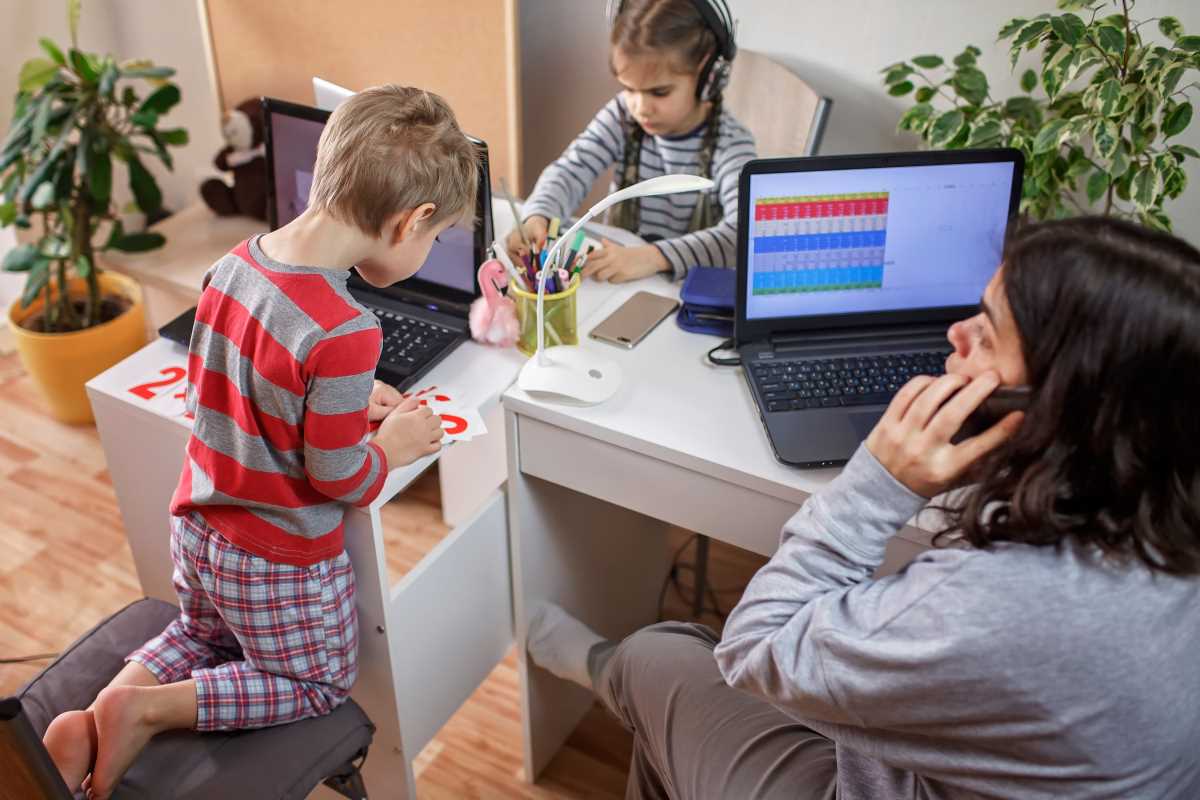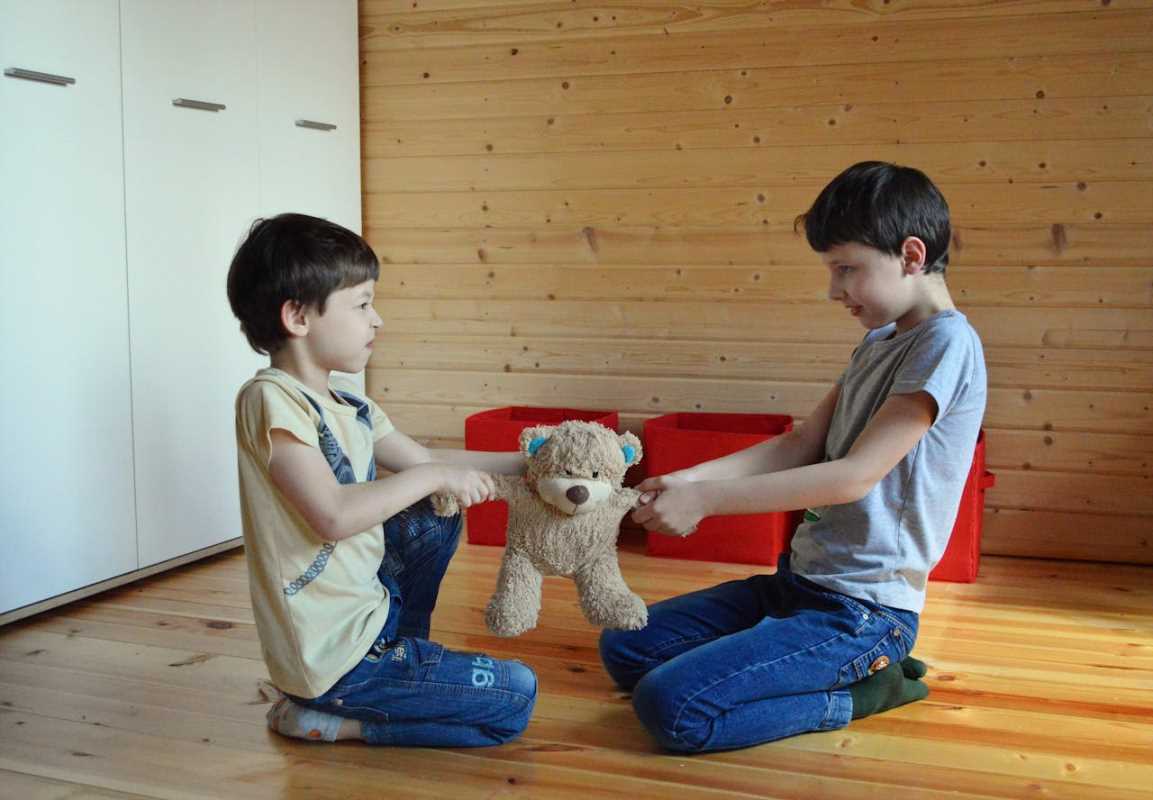Creating harmony between teaching children and caring for older relatives calls for thoughtful planning and a caring attitude. Begin by learning what each individual needs and what makes their day fulfilling. Ask children which topics excite them most, and talk with elders about the habits that help them feel secure and happy. When you organize the day to include focused learning periods for kids alongside attentive moments for elders, everyone gains from a sense of routine and connection. Treating these responsibilities as intertwined parts of the same day, rather than isolated duties, can make daily life run more smoothly for everyone involved.
Open communication sets the tone. Talk with children about respect and patience toward grandparents. Invite elders to share family stories or cultural traditions as part of a learning activity. Those exchanges create shared memories and lighten your workload by weaving elder care into educational projects. By identifying overlapping opportunities—like having a grandparent read aloud—you’ll nurture relationships and maintain balanced attention.
Set clear goals and decide what’s most important
First, list the educational milestones you want your children to reach each week. Include reading assignments, math practice, or science experiments. Then list daily care tasks: medication schedules, mobility assistance, and social time. Keep these lists visible on a whiteboard or chalkboard. Seeing both sets of tasks at a glance helps you avoid overcommitting.
Next, group items by how urgent they are and how long they take. Slot short activities, like a quick math quiz, between care windows. Reserve longer blocks, such as art projects or afternoon walks, for times when your schedule stays free. Stay flexible: if an unexpected doctor’s appointment comes up, shift a lesson to later and perhaps involve the elder in checking completed work. That way, everyone stays engaged.
Design a flexible schedule for home education
Select a schedule that adjusts to daily changes. For example, start with a morning reading session when kids have the most energy, then move to elder-friendly activities like light stretching or a shared snack. Create a simple table: time slots across the top and two columns—one for lessons, one for care. Update it each evening based on what worked and what didn’t.
Keep backup activities ready for when there’s downtime. Puzzle books, audiobooks, or simple crafts can fill a 15-minute gap if an elder needs attention or a lesson runs long. Encourage your children to rotate through these backups so they learn to manage their own time. You’ll spend less time rescuing stalled lessons and more time supporting independent learning.
Organize daily routines effectively
- Morning Check-In: Confirm everyone’s health status, motivate the learners with a quick goal review, and offer elders a healthy breakfast together.
- Midday Learning Block: Teach core subjects during this two-hour window when focus peaks. Pair children’s lessons with elder-friendly tasks like sorting photos or discussing history.
- Break Time: Plan light physical activities—garden watering, stretching, or a short walk. It refreshes both young and old, preparing energy for the afternoon.
- Afternoon Projects: Rotate between science experiments and creative tasks, and involve elders by asking them to share their expertise or supervise simple steps.
- Evening Wrap-Up: Review what everyone has achieved, help children with quiet reading, and spend relaxing time with elders—maybe crafting or listening to music.
Set alarms or use mobile reminders to stay on schedule. Consistency helps reduce stress and creates predictable rhythms for all family members.
Build a support network
- Family Allies: Arrange regular check-ins with siblings or cousins who can step in for brief home teaching or companionship breaks.
- Local Community: Join a nearby home education co-op or senior support group that offers occasional respite care. Sharing resources like babysitting swaps eases your workload.
- Online Forums: Participate in niche social media groups where parents and caregivers exchange tips. You can quickly find advice on balancing lessons with short eldercare duties.
- Professional Services: Look into part-time help from a tutor or visiting nurse for critical care hours. That investment gives you breathing room to focus on teaching core subjects without interruptions.
These connections not only fill gaps but also remind you that you do not have to handle everything alone in this dual journey.
Incorporate elder care into daily routines
Encourage elders to join lessons whenever possible. Grandparents can narrate cultural stories while children write summaries or create illustrations. That joint activity improves writing skills and keeps elders mentally active. Let them pick a favorite topic—biography, gardening, art—so they contribute their expertise instead of feeling left out.
Manage medications and mobility needs by using color-coded containers and clear signage. Children can learn responsibility by helping set up pillboxes under your supervision. That task offers a chance to discuss health basics and teaches respect for elder independence.
[KEYPHRASE]
Take advantage of helpful resources
Use Zoom or Skype for virtual family gatherings, allowing elders to join reading time from another room if mobility is limited. Incorporate educational apps like *Khan Academy Kids* for children and memory games for grandparents. These tools free you to oversee the session rather than lead every moment.
Find libraries offering mobile delivery services for seniors and free e-book access for students. Connect with local senior centers that host programs involving different generations, opening opportunities for group activities that lessen your solo load.
Finally, create a shared digital folder where children upload completed assignments and elders store health records. That central place reduces misplaced papers and keeps important information within reach.
Refine your plan daily to build stronger intergenerational bonds. Small adjustments, such as changing lesson order or adding resources, help create a supportive home learning environment that meets everyone's needs.
 (Image via
(Image via





